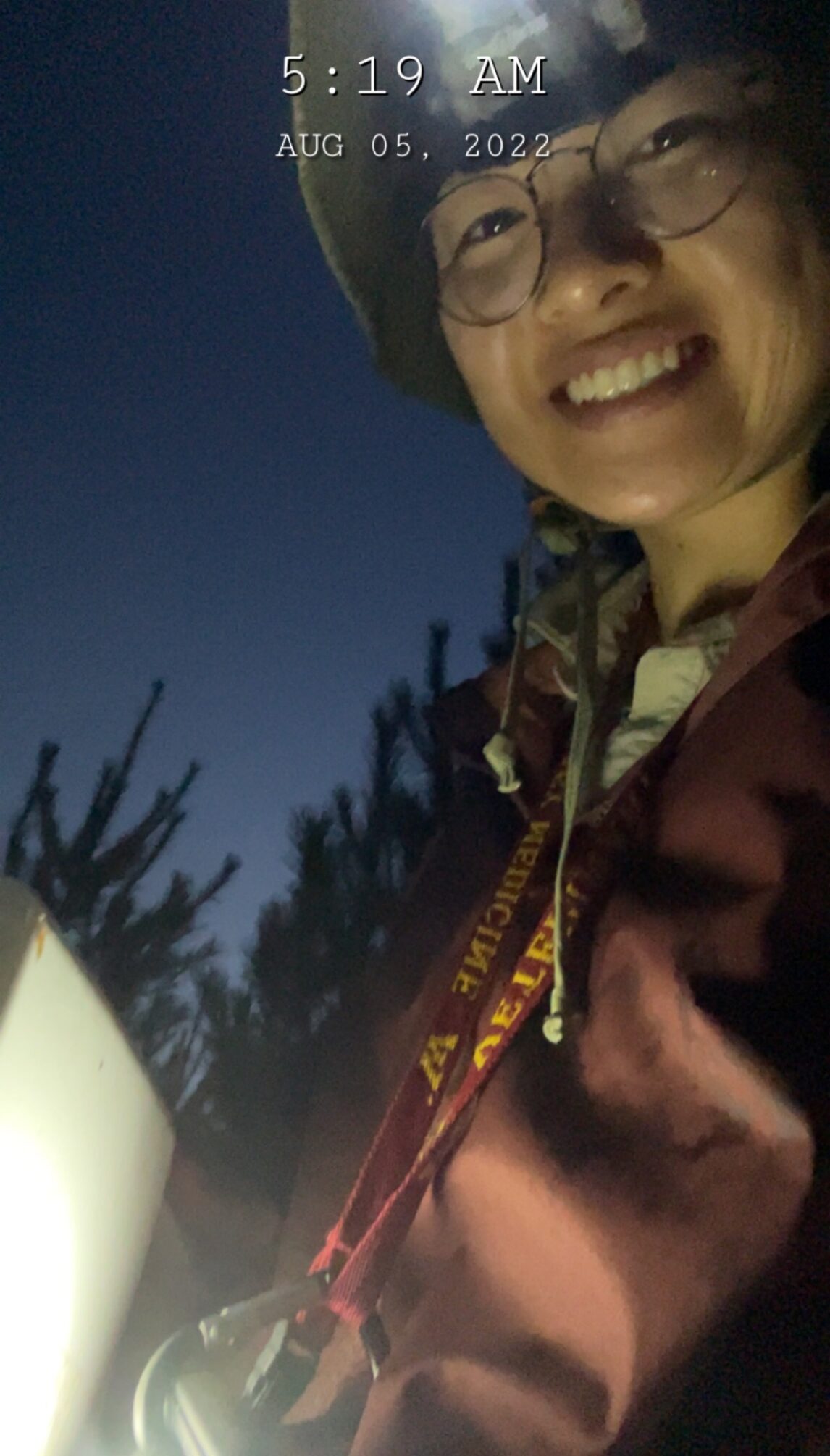
Credit: Maria smiles after collecting leaves, on which she will measure predawn water status (water potential). Maria Park, CC BY-SA 4.0.
I love trees
Science is often viewed as this sterile, objective discipline. And yes, I am trying my very best to understand the world through the lens of scientific inquiry. But the work I do is not heartless. Quite on the contrary, I do what I do because I love nature. I study trees living in communities. Forests are home to me. Trees bring me peace. I want to help them. The Lorax is a role model to me. I often feel that I have found a loophole in our rat-race of a society because I get to work outdoors. But it is definitely not all fun and games.
When the sun bakes me in the heat, when I find a tick crawling on my skin, when water has soaked the socks through my boots, when the tree branches whip my face, when equipment breaks, when I am staying up late labeling plastic bags, when I am waking up pre-dawn to take measurements, when I am feeling completely overwhelmed –
I remind myself of my favorite things.
The scent of juniper after a fresh rain. A pair of sandhill cranes raising a family in and around the experimental forest plots. A blazing sun dipping below the tree canopies. Colorful mushrooms emerging from the ground. The golden-green hue of a young leaf. The vibrant reds and oranges of falling leaves. Wonderful people who I can share these experiences with.
Then I breathe again.
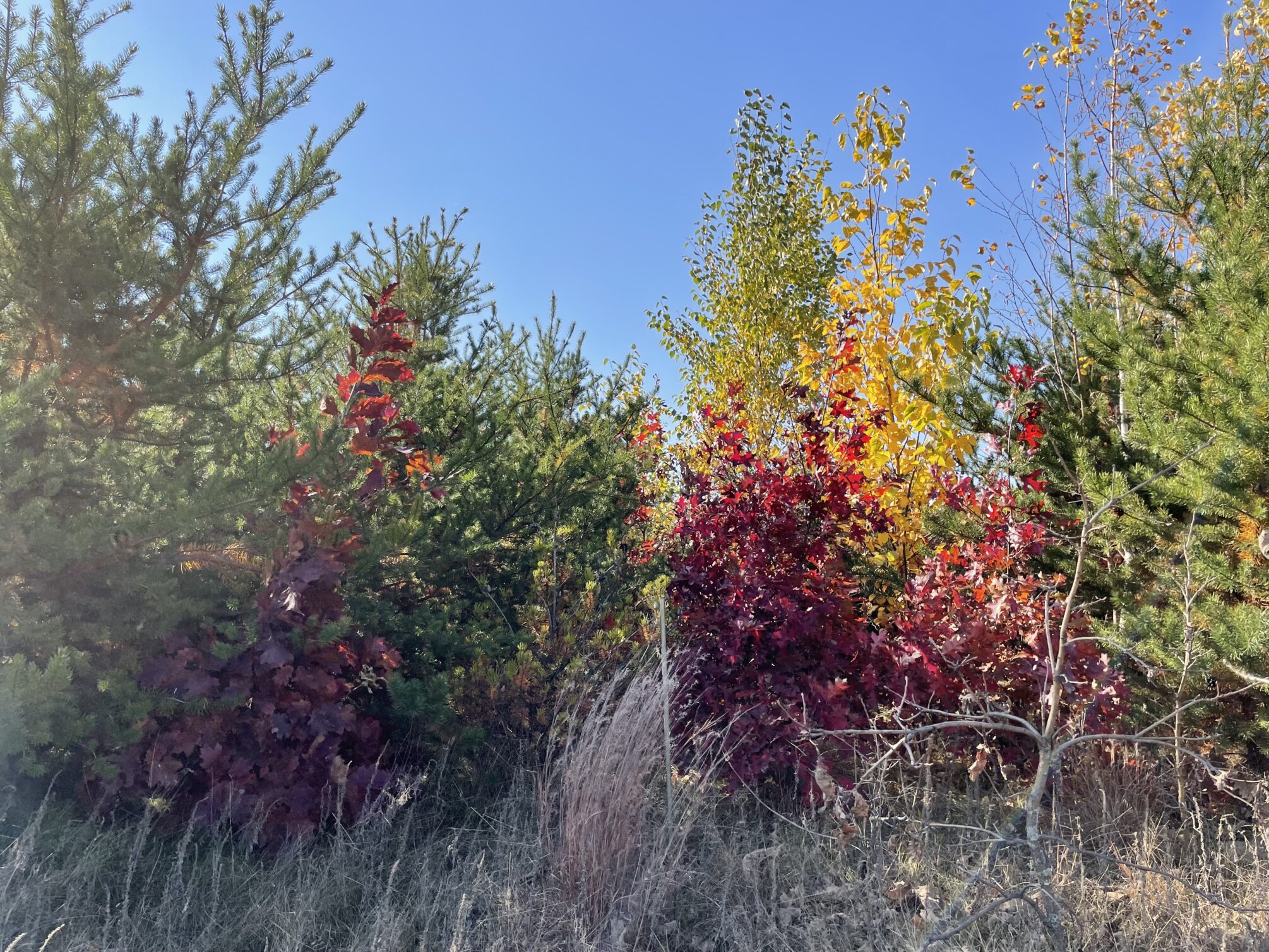
I learn from the forest
I asked a lot of questions as a child. I still ask a lot of questions. In that sense, I am still a child. There is much to learn from nature. I choose the forest as my teacher.
The taller tree shades the shorter tree. The insect eats the leaf. The trees and fungi exchange carbon and nutrients. These observations are simply stated. However, behind each of these statements lies a long history of evolution, adaptation, acclimation, competition, and mutualism.
Why do the trees do what they do? Why do some trees grow better under the shade of others? Why do some trees grow more when part of a diverse community of trees compared to when in monoculture?
How do members of an ecosystem coexist?
So many questions. I look to the forest for answers.
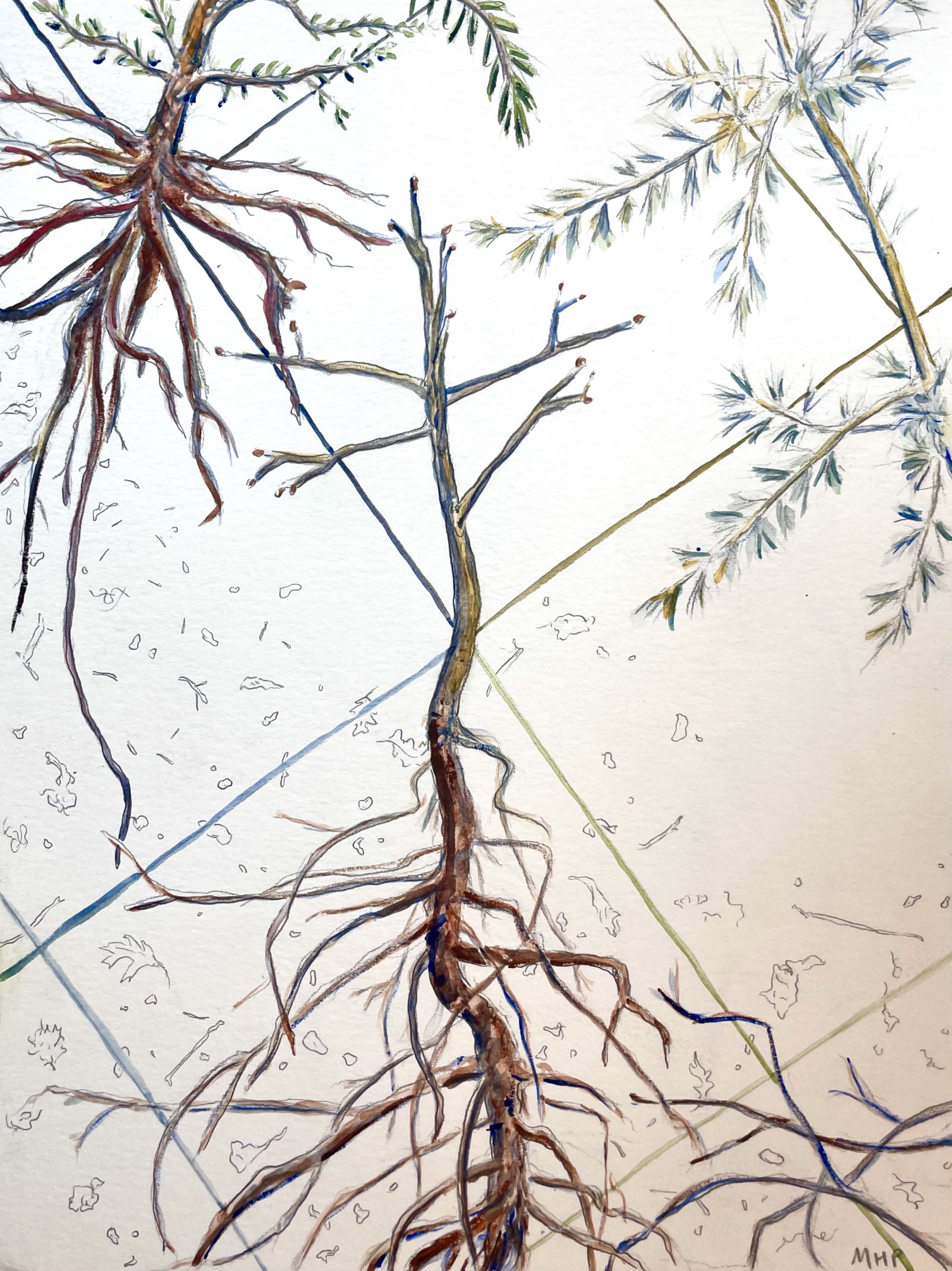
We need each other
Humans are part of the forest community as well. We benefit from the shade of the trees on a hot afternoon. We breathe the fresh air of a forest. We listen to the birds. We drink water filtered by the plants. We read books printed on the fibers of trees.
We take a lot. But do we know how to give back? Not to get overly existential, but we play a key role in shaping the future of our forests, whether we like it or not. How can our actions help our forests flourish? Let them not be consumed by unusually large wildfires, cleared away for short-term monetary profit, overtaken by pathogens and species transported unwittingly.
We are all interconnected and interdependent. Scientists, artists, humanists, business leaders, consultants, politicians, teachers, students, farmers, agricultural lands, forests, ponds, oceans, prairies, mountains, tundra –
If one part of our ecosystems falters, the reverberations are felt by many. Can we find ways to coexist? In the words of Adrienne Maree Brown:
The idea of interdependence is that we can meet each other’s needs in a variety of ways, that we can truly lean on others and they can lean on us. It means we have to decentralize our idea of where solutions and decisions happen, where ideas come from. (Emergent Strategy, p. 87)
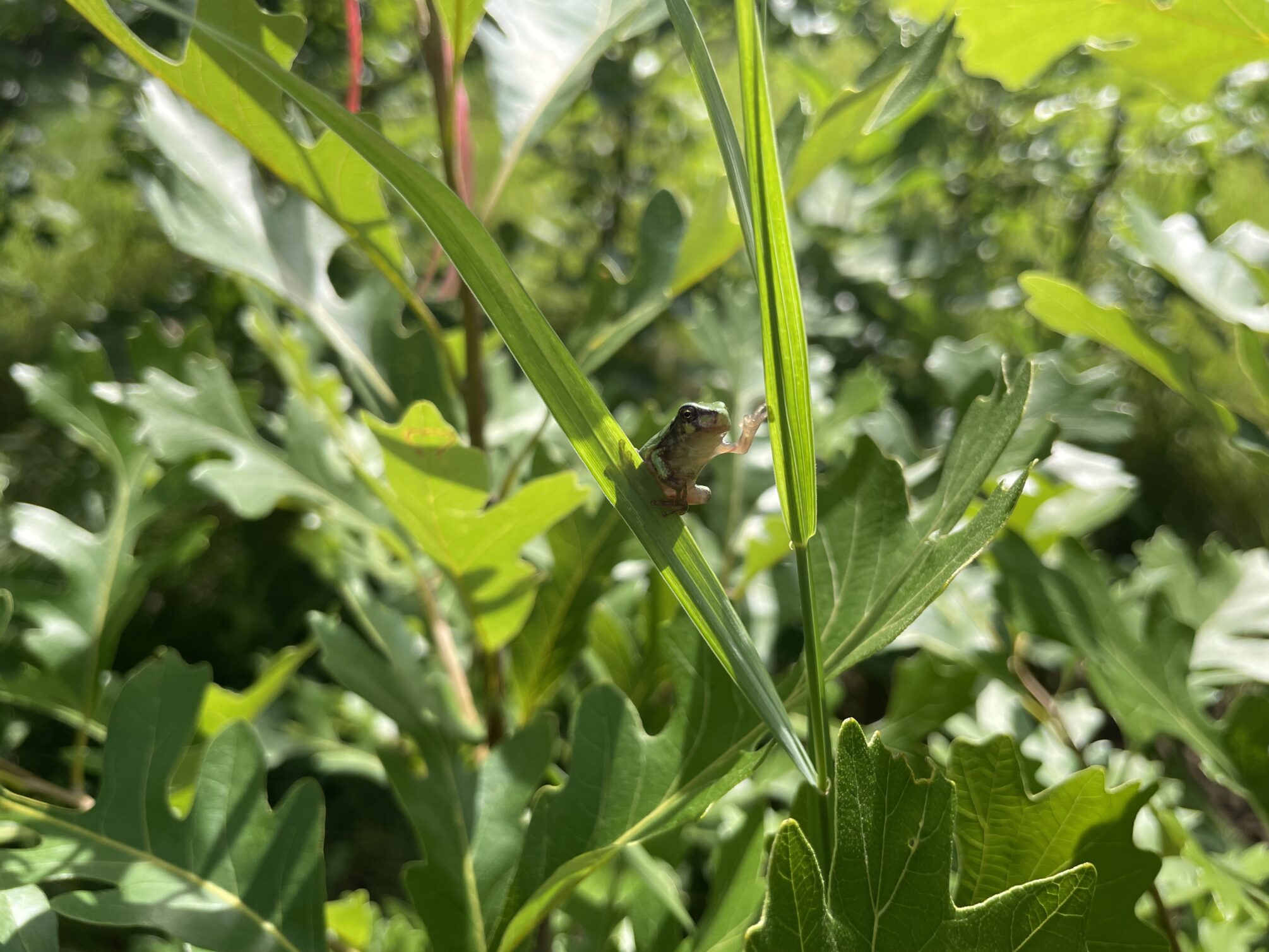
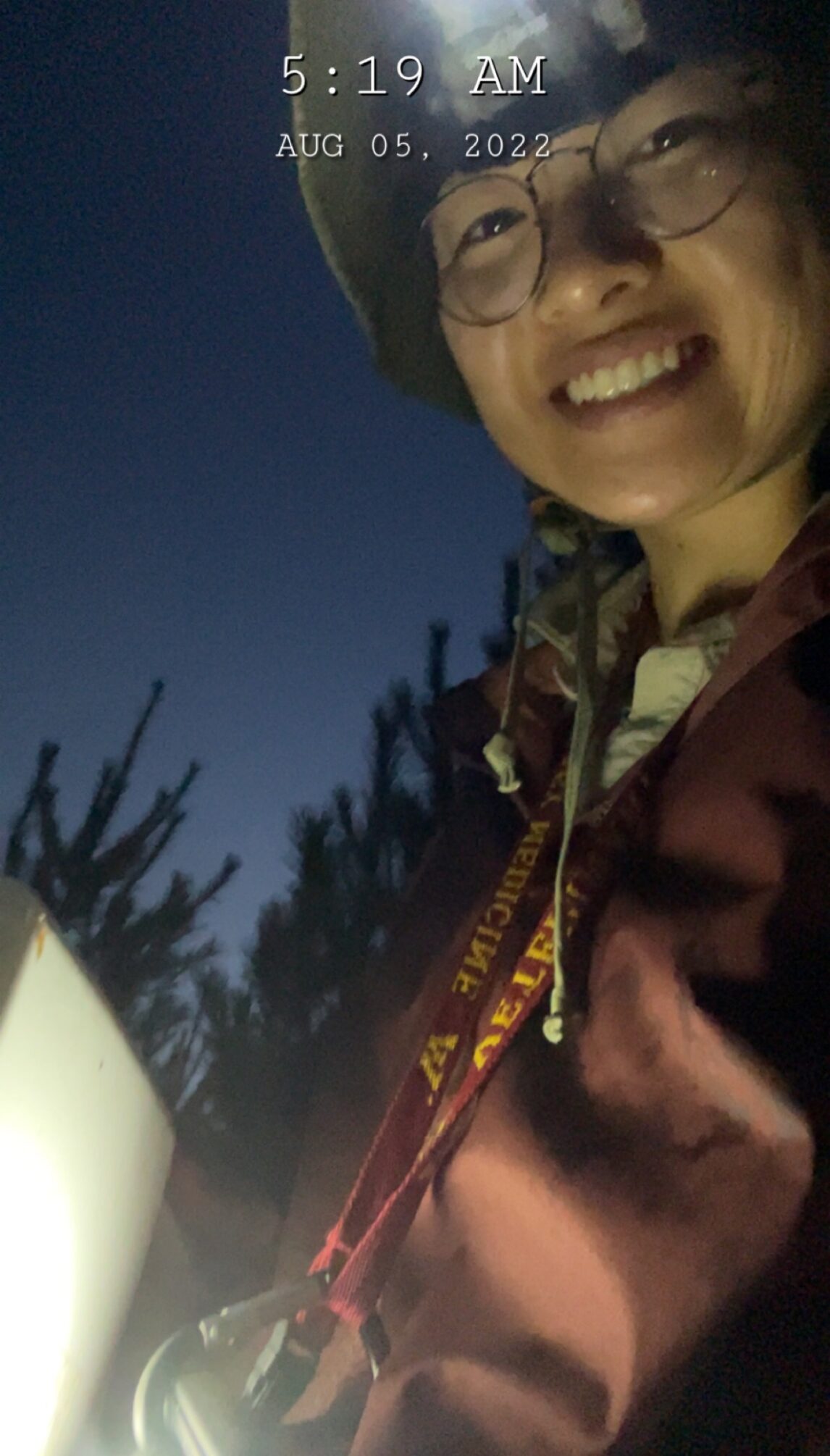
Maria Park is a PhD student in the Ecology, Evolution, and Behavior program at the University of Minnesota. She is the graduate representative of the Cedar Creek LTER. Her research focuses on how tree community composition influences the growth and stress of trees. Maria is also greatly interested in the intersections between art, ecology, and activism.










